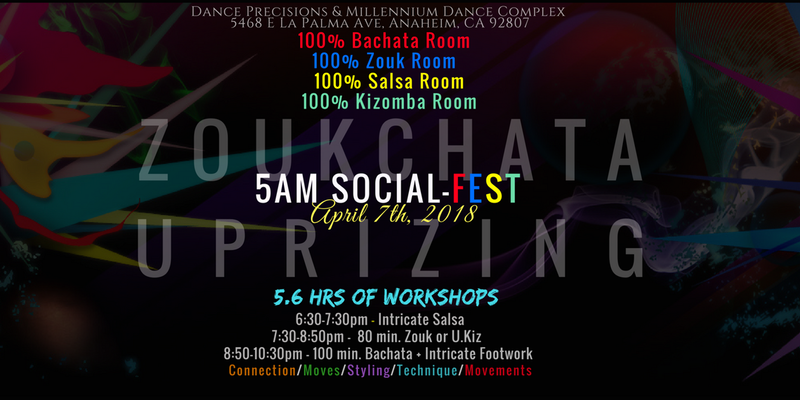Latin America / Venezuela / Falcon
The music is the result of the creation of a rhythm that tries to convey a message that the artists give to their audience and depending on the voice, the lyrics, the instruments and above all the desire to transmit that feeling, they make people want to listen to it and dance to it.

The Orchestras became known for being dynamic groups, creators of rhythms and party entertainers; something that cannot be replaced by a DJ or digital music, since recorded music and live music are two different things.
In the state of Falcón, Venezuela, there is the Grupo Piritu, who make up the Pirisalsa Orchestra, they are a group of talented young people who, despite their young ages, know how to transmit the flavor of Salsa to their audience.

They emerged and were educated in schools and through the selection of the most outstanding children in music, they gradually gave rise to the orchestra, being a pleasant and rhythmic sound to the audience to date, not to mention that it is a group with many followers full of dreams and musical desires. They mention that “since our first presentation on October 19, 2011 to date we have not stopped working…”.

Currently his manager is Frank Molina, he says:
“That as a manager whenever he discovers a rough diamond project what he wants is to make it shine to achieve and achieve the dreams of each member and turns it into a single dream, because the Pirisalsa orchestra is a family. …the goal is to ensure that our work is recognized both nationally and internationally, I have been working for some time now, spreading this project on radio, television and social networks, we also have the support of many artists who believe in this Project. These young people are admirable because at their young ages they decided on this genre that is SALSA”.

The Pirisalsa Orchestra plays SALSA, with a smooth style in its message and melody, despite the fact that the rhythm is very lively, thanks to the percussion instruments, showing us and maintaining its Latin, Afro-descendant, and Caribbean roots in its music.

They have had the opportunity to participate in several important events in Venezuela, such as the PDVSA Salsa Festival held in La Estancia, Caracas in two editions, where they managed to share with great bastions of this genre throughout Venezuela, especially in Caracas, there were also a Festival in Maracay, Aragua and recently at the Whatuyusei Festival in Punto Fijo, Falcón, where they shared with artists such as Omar Enrique, la Melodía Perfecta, Gustavo Eli, los Bois Servando and Florentino, among others.

However, their goal and desire is to take their music throughout Venezuela and abroad so that the whole world can listen to them, appreciate their talent and be able to project themselves as an orchestra, since when they are on stage in a presentation they sing full of a feeling of love but that is with great elegance, with a fresh, tender language, full of emotion and kindness, but always transmitting his deep love for his homeland Venezuela.
The members of the orchestra are mostly young people and children from the town of Piritu, Falcón, dividing into:

| ● Evannys Lorves – Vocalist | ● Daniel Peña – Hand Bell |
| ● José Amundarai – Vocalist | ● Bongo Wullian Álvarez – Piano |
| ● Yerli Lugo – Vocalist | ● Javier Gómez bajo eléctrico |
| ● José Daniel Lugo – Timbal | ● David Gómez (director musical) – trombón |
| ● Reinaldo Pérez – Congas | ● Reinaldo Antonio Pérez – Trumpet |
| ● Navarro trompeta y Luis Navarro – Trombón | |
The Pirisalsa Orchestra and its Manager Frank Colina gave a message to all the new talents, which goes like this “if you have a musical dream, don’t let difficulties stop your path, believe in your virtues, try to be yourself, don’t copy nobody, be original, offer your own proposal and believe deeply in it, don’t stop no matter how hard the circumstances are, fight relentlessly until you break down the barriers and achieve your goals. He who perseveres achieves.”

For more information Pirisalsa Orchestra:
- Facebook: @frank.colina
- Instagram: @managerpirisalsa
- Twitter: @pirisalsamanage
- Phone: +(58) 4168076199 / +(58) 4168044073








